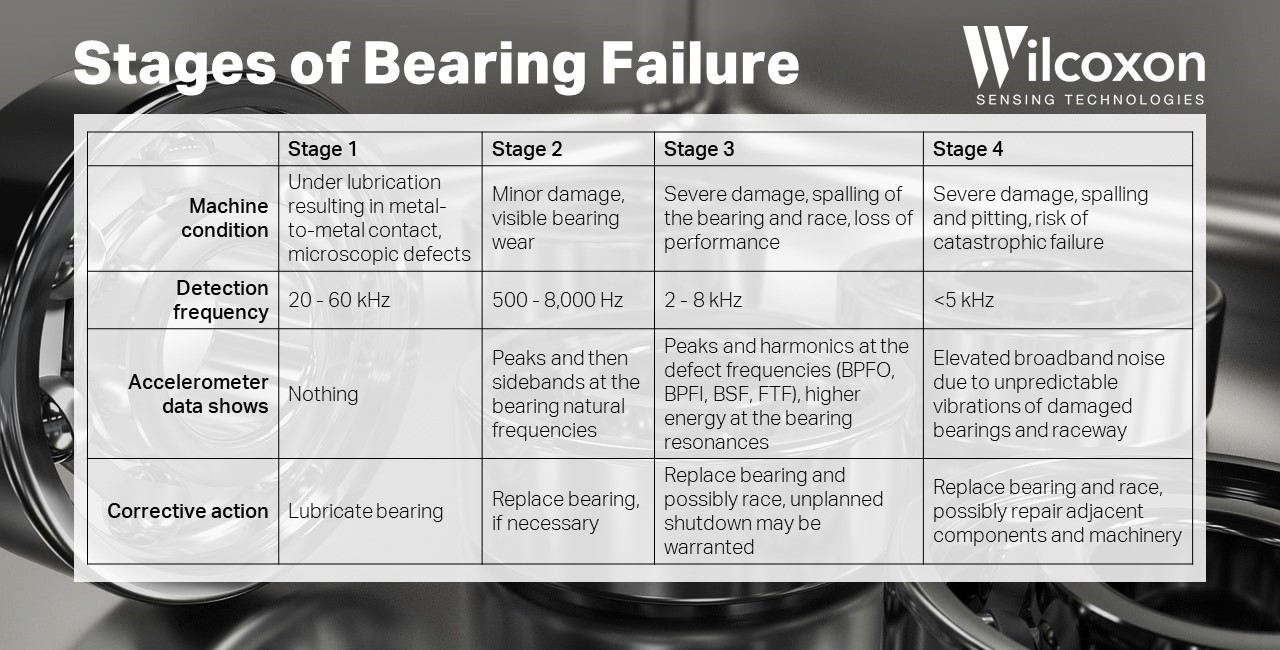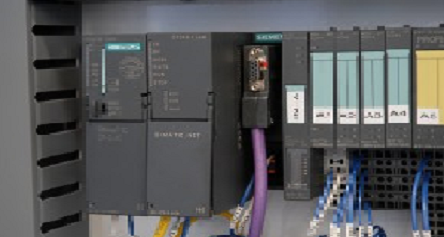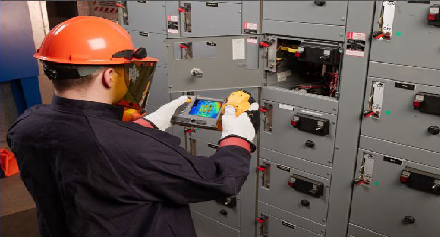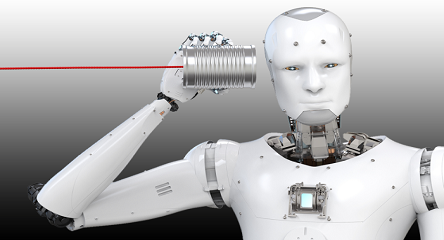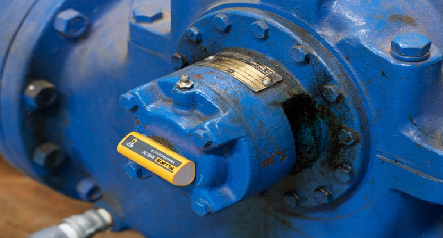About the Author
Peter Eitnier is a Senior Applications Engineer at Wilcoxon Sensing Technologies in Frederick, Maryland. He holds an ISO CAT II certification as a vibration analyst and a degree in Mechanical Engineering from the University of Maryland. Since joining Wilcoxon in 2012, he has specialized in providing technical expertise to customers in a variety of applications.

